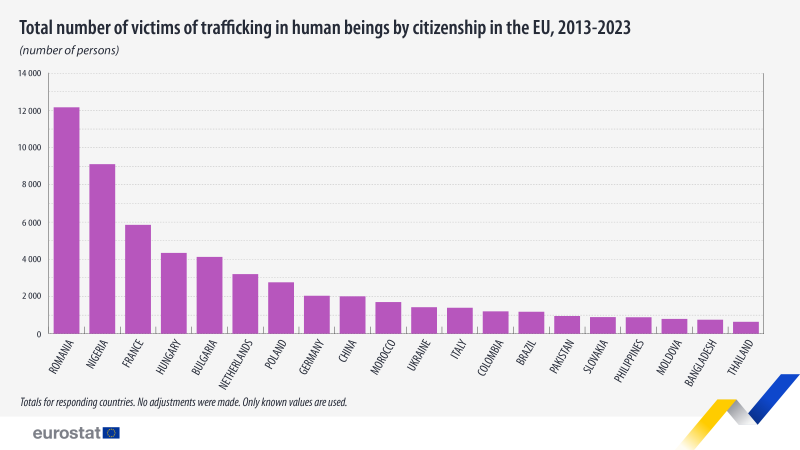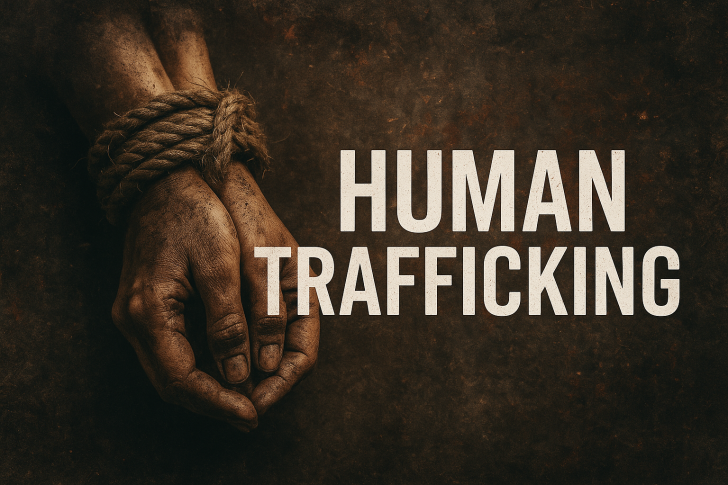● New data from EU_Eurostat reveals that Romanian and Nigerian citizens made up the largest share of registered trafficking victims across the EU over the past decade — 12,166 and 9,111 people respectively. The figures paint a stark picture of trafficking networks that continue to operate across European borders.

● The European Commission is working to update the EU Anti-Trafficking Directive, planning to broaden what counts as exploitation and impose tougher penalties on traffickers. But there's a catch: without more funding and better coordination between countries, smaller EU states with limited enforcement resources could struggle to implement these reforms. Plus, advocacy groups warn that patchy victim identification systems mean many cases still go unreported, leaving victims without help.
● Trafficking costs the EU roughly €2.7 billion yearly through lost wages, social expenses, and law enforcement. Some experts suggest a smarter approach: using assets seized from traffickers to fund victim support and reintegration programs instead of constantly increasing public spending.
● The data shows victims come from both inside and outside the EU. After Romania and Nigeria, significant numbers came from France, Hungary, Bulgaria, the Netherlands, Poland, Germany, China, Morocco, and Ukraine — showing how poverty, migration, and organized crime fuel these networks.
 Saad Ullah
Saad Ullah

 Saad Ullah
Saad Ullah


